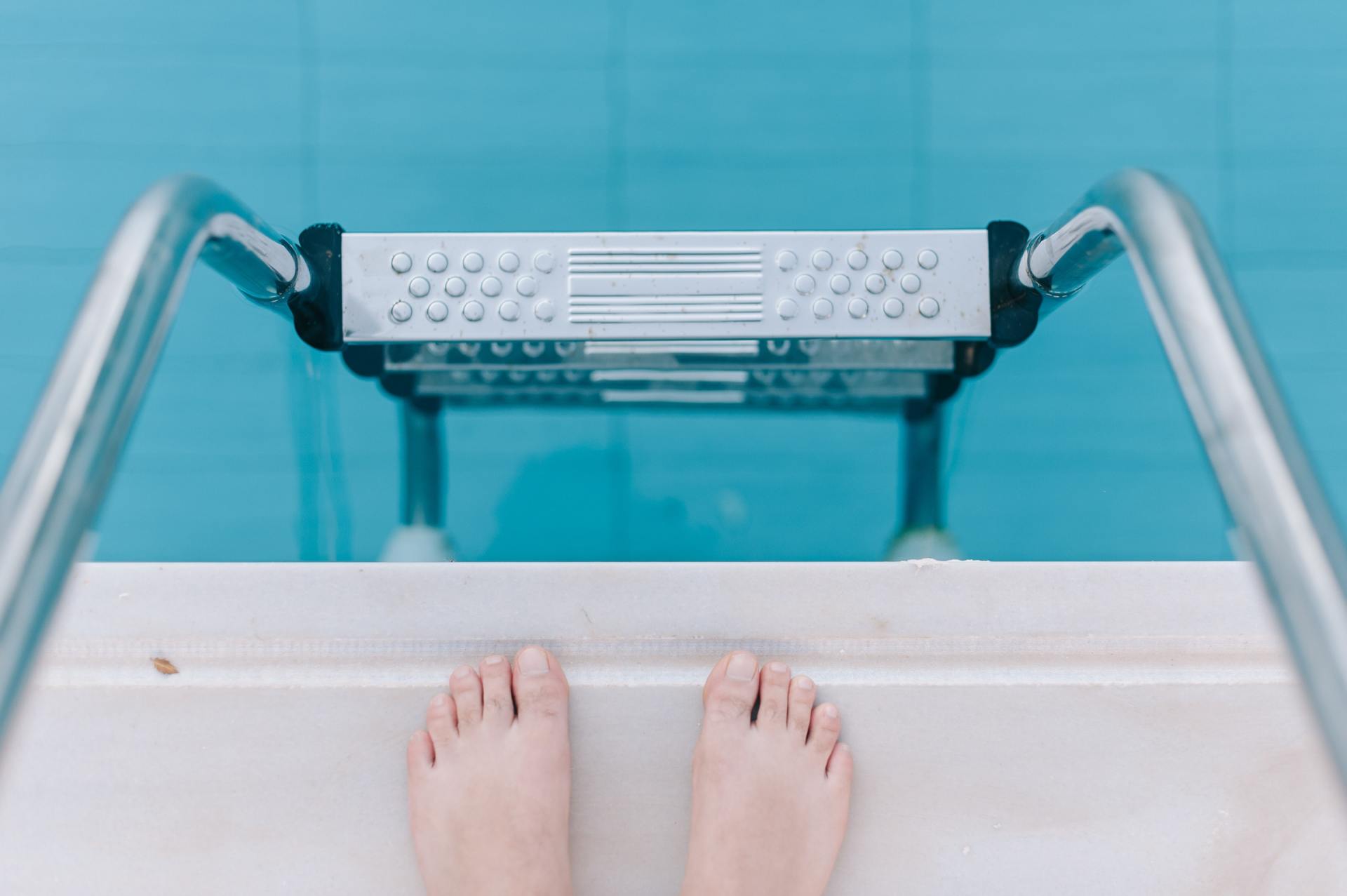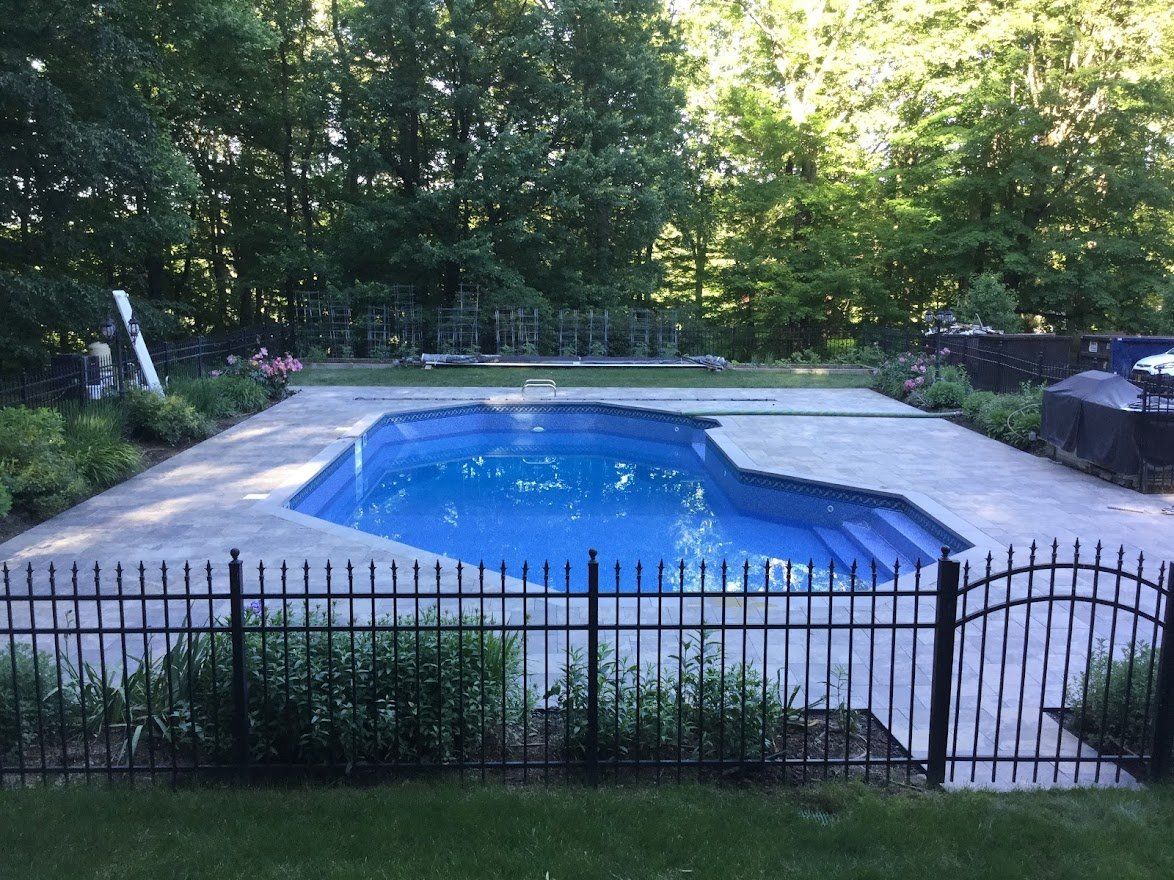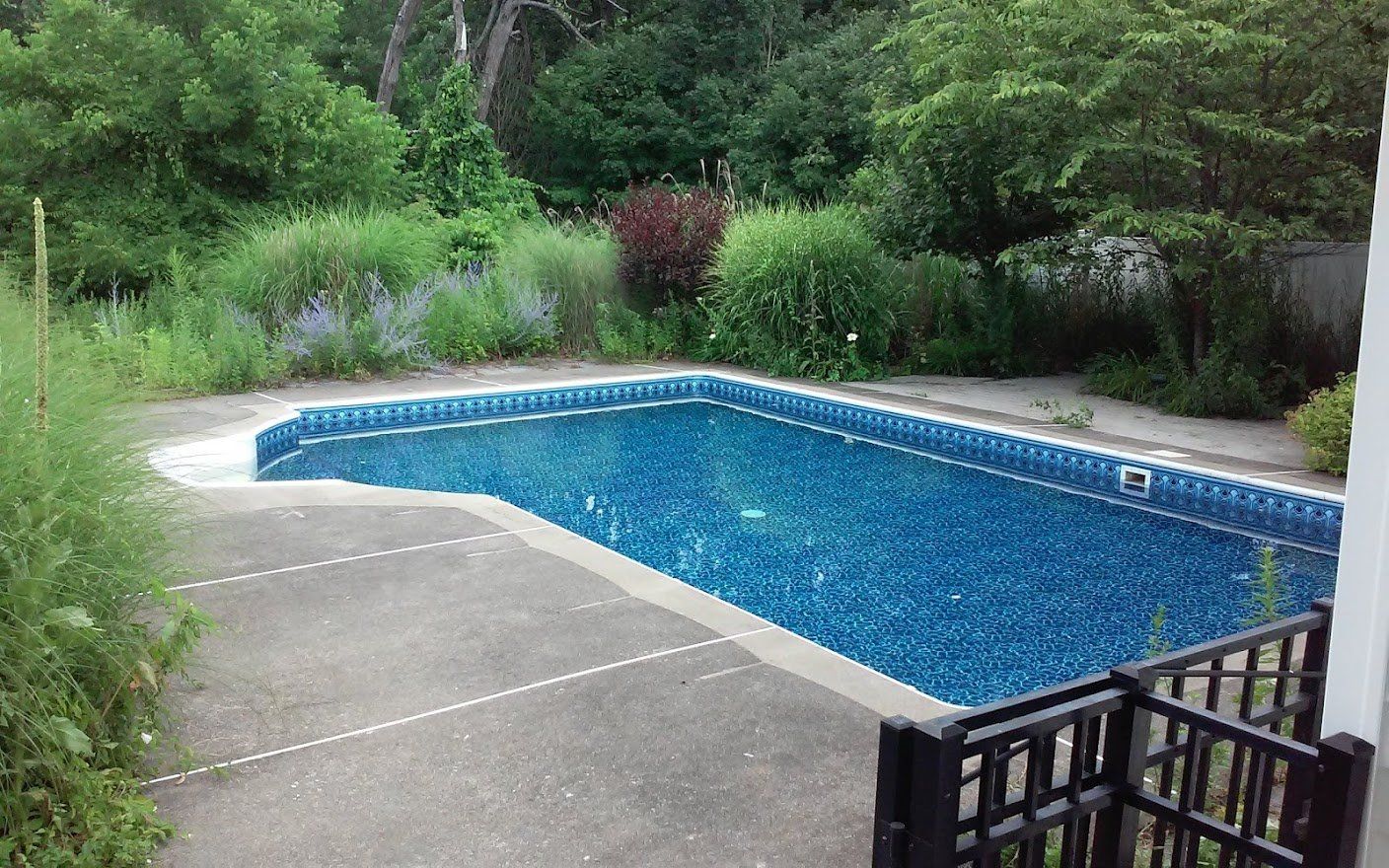De-Watering: How to Control Ground Water

Ground Water is water in and around your swimming pool. There are a variety of ways that this water arrives to the bottom of your pool. Regardless of where i is coming from, were have to control it. We call this control of ground water "de-watering". There is not one single solution to this problem. Procedures are based upon the severity of the problem. Depending on the severity of the problem we may use Plan A
, Plan B
or a combination of plans
.
Plan A
One of the first steps we will take it putting a basic automatic pump on the floor while we are work on the rest of your pool. If you get lucky, the automatic pump does its thing and we can finish everything right on time with no further problems. If you are not so lucky, this may lead to a delay. This could be a couple of hours to a few days of running this pump, trying to dry out the bottom of your pool. If it comes into an overnight situation or a few days, we will leave an automatic pump in with a float switch. We ask you to monitor the water and then let us know when it has receded and we can return to install the liner. This is your least expensive option with the least amount of work. While that is a benefit, the downfall is that we play a waiting game as no one can predict how long this can take. This plan is used to handle trapped water.
See our blog on Ground Water
to learn more about trapped water.
Plan B
If Plan A fails and it has been several days and the automatic pump just isn't cutting it or if the volume of water is too large or the flow of replenishment rate is too high for the automatic pump to completely rid the pool of water, we have to move on to the next possible solution. This normally consists of digging a hole into the vermiculite floor of your pool and filling it with gravel or stone so that the automatic pump is buried below the level of your pool. Using the same automatic pump from Plan A, we attach a garden hose and an extension cord. We then have to trench through the vermiculite and underneath the wall and up through the deck of your pool. This is much more labor intensive, as we have to remove part of your deck - potentially breaking through the concrete collar of the pool - so that there is a trench between the deck and the pool floor. The hose and extension cord are brought to the surface and run down the hill of the pool. This allows the automatic pump to become a semi permanent feature. It will keep running the entire time we are working until we can get enough water pressure in the liner to keep the encroaching ground water at bay. This is a temporary solution and will not be for the life of the liner.
Plan C
If the water volume is still too large or the automatic pump cannot control the amount of water coming in through the ground, more drastic measures have to be taken. Plan C works just the way Plan B does, however instead of burying an automatic pump, we bury a pipe into a bed of stone. Usually the pipe we lay is 1.5-2" in diameter and goes from the pool floor, up behind the wall, and into the deck. The automatic pump in this situation becomes replaced with an electric or gas pump. As an example of how severe the ground water can be, a few seasons ago we encountered such a severe problem that we used a 2" gas pump with a 2" hose leading into a 2' hole in the floor. When we turned off the pump, the water rose to 3 feet in ten minutes! Wow! We pumped the pool dry, patched the floor and set the liner. All in the same day! We ordered 3 loads of water (6,000 gallons/truck) and set the liner with our vacs.
Plan D
This plan is for people who choose to use Plan C but who have ongoing or continuous problems that lead to multiple resets or wrinkles. We suggest that instead of capping of the pipe used in Plan C, we hook up a regular water pump. A popular one that we often use if the Hayward Super Pump, but you can choose any brand that you like. This kind of setup is for the homeowner who is married to their pool. This is for the homeowner who knows when they are going to get flooded, knows they have a high water table, or know the have an underground stream that is going to be consistent. This information is important to know because when you get 2" or more of rain water, your liner always floats up and settles back down. Once the rain starts and you think you are going to have a problem, you have to go out and start up the pump and then turn it off after the event is over. If you do not stay on top of this issue, you will continue to have the same problem.
Plan E
This is the plan for those with severe ground water who do not want to deal with turning a pump on and off constantly. Some people prefer this plan while others absolutely hate it. By raising the pool floor, you can eliminate the problem by keep the floor above the water level. For example, if you have an 8' deep pool with 3' of water in the deep end, a homeowner can decide that they want a sport pool and make the entire pool 4' deep or one side slightly deep and increase to 5'. One job we encountered after Super Storm Sandy was so bad that we had to give up on keeping the depth of the pool 8' and make it 6' deep. We sent the liner back to the factory to alter it and brought in 2' of fill. No matter how much we pumped out the water, the slopes of the deep end kept collapsing into the bottom of the pool. It is a hard choice to make for some, but for other the choice is easy. They would rather have a shallower pool than deal with the ground water issues! We have even had people choose this option without experiencing water problems. It all comes down to preference.
These are just some of the tricks of the trade. We have a lot of variations on each one of these plans and it is really an on-site call. Most water jobs give installers nightmares. It is the antithesis of measuring and installing a liner. Liner jobs tend to be black and white, where water jobs are totally grey. One has to be mechanically sound like a carpenter and creative like an artist to deal with water problems. I tend to be more of the black and white, nuts and bolts type of guy. My crew chiefs are more creative. This is why we can do such a great job for our customers!
No one likes this part of the business, but it has to be done. Homeowners don't like it because it costs more, installers don't like it because it slows down the process of the installation, and the office has a scheduling nightmare to deal with as one day jobs turn into week long affairs. One way to try and avoid ground water is to install your liner in August, September, or October. Dryer times in the year are best. This isn't to say that it can't happen in those months, but you're less likely to run into issues then. November is also a good time, as long as it is still warm enough. We need 60 degree temperatures and a sunny backyard to change out your liner.
Enjoy your pool and be safe!
Contact Our Team Today
Contact Us
We will get back to you as soon as possible.
Please try again later.

Contact Us Today
Contact Us
We will get back to you as soon as possible.
Please try again later.
Website Design by Hearst Media Services, all rights reserved | Sitemap





